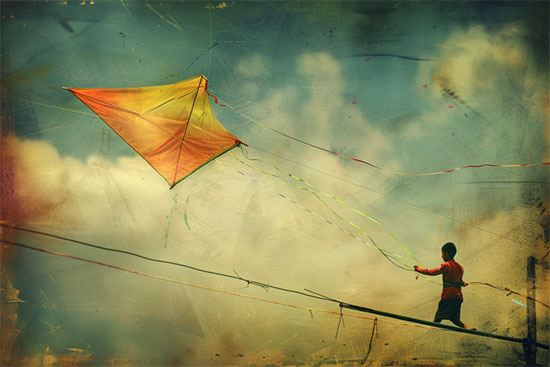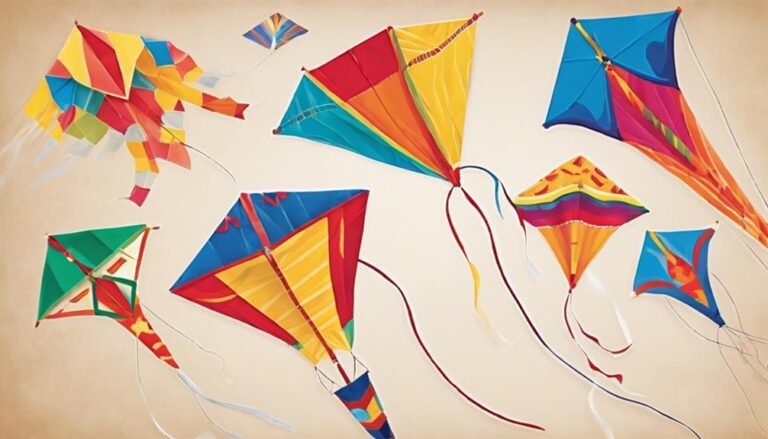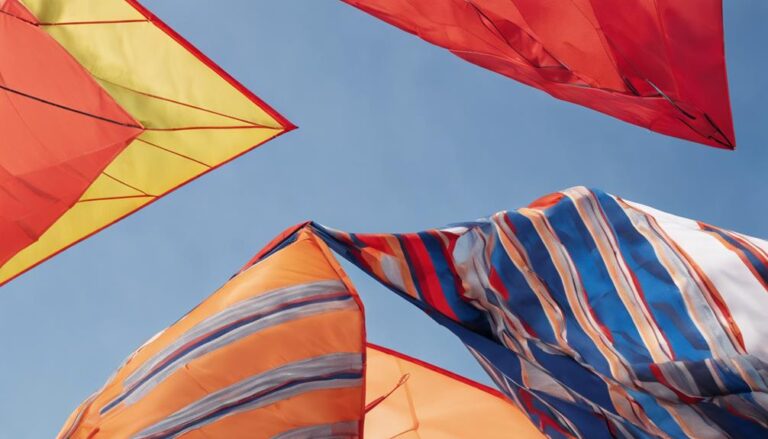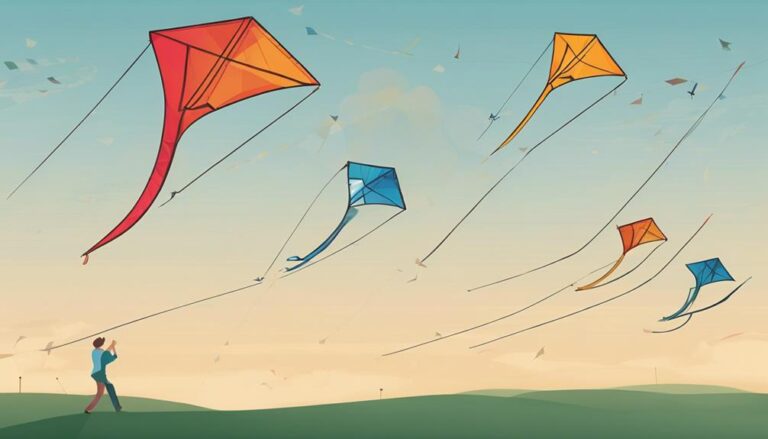Have you ever considered what makes a power kite enthusiast soar safely through the skies? Safety isn’t just a precaution; it’s the foundation of an exhilarating experience that keeps you coming back for more.
By engaging with qualified instructors, you’re setting yourself up for success, learning crucial techniques that go beyond just taking off. Choosing the right gear and understanding the whims of the wind are not just tips—they’re essentials that guard your journey.
Yet, there’s more to the story, a layer of knowledge that transforms good practices into great ones. What lies beyond is the difference between flying and truly mastering the skies.
Contents
Find a Qualified Instructor
Why not start your power-kitting journey on the right foot by finding a qualified instructor?
A qualified instructor provides essential training on kite control techniques and safety measures, ensuring you build a solid foundation in your kiting skills.
They’ll guide you through handling unexpected situations, significantly enhancing your safety and enjoyment. Learning from an expert helps you understand the importance of safety gear and how to effectively control kite power.
This knowledge is crucial not just for your safety but also for maximizing your enjoyment of the sport. By investing in proper instruction, you’re not only safeguarding yourself but also setting the stage for a thrilling and enjoyable power-kiting experience.
Assessing Weather Conditions
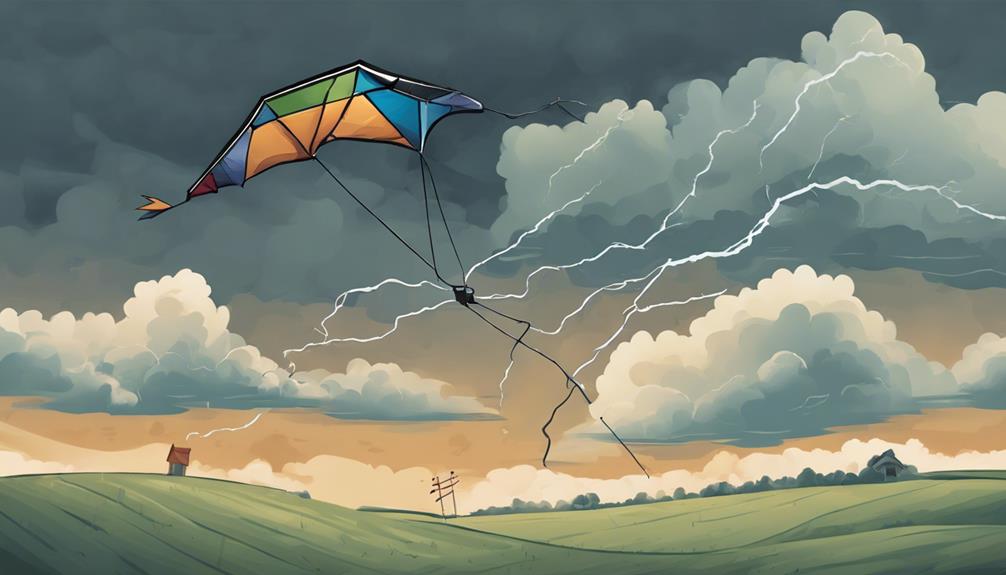
After mastering kite control and safety measures with a qualified instructor, it’s crucial to learn how to assess weather conditions to ensure your power kiting sessions are safe and enjoyable. Weather plays a significant role in power kiting, and understanding it is key to safety prioritization.
Here are three essential tips:
- Monitor weather forecasts regularly to stay informed about changes in wind direction and speed.
- Be aware of sudden weather changes that can impact kite flying conditions. These unexpected shifts can turn a safe session into a risky one.
- Avoid flying in stormy or unpredictable weather and check for any weather alerts or warnings that could affect your session. High winds and stormy conditions can drastically increase the risk of accidents.
Choosing the Right Equipment
Selecting the right equipment is crucial for your safety and performance in power kitting. You’ll need to choose a kite size that’s appropriate for the wind conditions and your skill level, ensuring you can control it effectively.
It’s also essential to invest in a sturdy harness and helmet, along with quality lines, to protect yourself during your kiting adventures.
Selecting Appropriate Kite Size
Choosing the right kite size is crucial for enhancing your performance and ensuring safety, as it must align with the current wind conditions and your skill level. Here’s how to select the appropriate kite size:
- Match Kite Size with Wind Conditions: Use larger kites for lighter winds and smaller kites for stronger winds. This balance ensures optimal performance and safety.
- Consider Your Weight and Experience: Your kite size should correspond to your weight and level of experience. Heavier individuals or less experienced kiters might require different sizes for control and safety.
- Seek Expert Advice: Consulting with experienced kiters or instructors can help determine the right kite size for your specific needs, significantly enhancing your kite experience and reducing the risk of accidents.
Harness and Helmet Importance
While determining the right kite size is essential, it’s equally important to focus on choosing the correct harness and helmet for your power-kiting adventures.
| Equipment | Why It’s Important |
|---|---|
| Harness | Crucial for distributing the kite’s power, reducing strain on your body, and enhancing comfort. |
| Helmet | Provides essential head protection in case of falls or collisions. |
| Fit | Properly fitting gear increases safety and comfort during sessions. |
| Quality | Selecting high-quality items ensures durability and maximum protection. |
| Investment | A key safety measure to enjoy power kiting while minimizing injury risks. |
Investing in a well-fitted harness and helmet from reputable brands not only ensures your safety but also enhances the overall experience by distributing strain and providing protection and comfort. Remember, your equipment’s durability and suitability are paramount.
Quality Line Selection
In your quest for power kiting excellence, it’s crucial to invest in high-quality, durable kite lines that match your skill level and the conditions you’ll be facing. Here’s how to choose the right equipment:
- Materials Matter: Opt for kite lines made from Dyneema for its strength, low stretch, and UV-resistant properties, ensuring your lines are both durable and capable of delivering consistent performance.
- Thickness vs. Drag: Thinner lines reduce drag for better performance in light winds, while thicker lines give more control in strong winds.
- Length and Strength: Longer lines provide more power but choose the length based on your skill level. Always check the breaking strength to ensure your kite lines can handle the tension during power kiting activities.
These guidelines will enhance your safety and the overall enjoyment of power kiting.
Understanding Right-of-Way Rules
To safely share the waters with fellow kitesurfers, you must understand and adhere to established right-of-way rules. Kitesurfing demands awareness of who’s a priority in various scenarios to prevent collisions and ensure everyone’s safety.
These rules are designed to facilitate orderly conduct, especially in crowded areas, drastically reducing the risk of accidents. By familiarizing yourself with these guidelines, you’re not just protecting yourself, but also showcasing good sportsmanship and fostering a culture of mutual respect among participants.
Safety Gear Essentials
Having covered the importance of right-of-way rules for ensuring everyone’s safety on the water, let’s now focus on the critical role of wearing the right safety gear while power kiting. For your protection and to minimize the risk of injury, it’s essential to equip yourself with the following safety gear:
- Harness: Provides added security and minimizes the risk of injury by distributing the force of the kite’s pull.
- Life Jacket: Ensures buoyancy in water, enhancing safety in case of falls or accidents.
- Helmet: Protects your head from impacts and is a must-have for all power kite enthusiasts.
Choosing gear suitable for the prevailing conditions not only enhances your safety but also your enjoyment of the sport. Remember, the right safety gear is paramount in maintaining high safety standards and preventing potential risks while power kiting.
Emergency Procedures
Why should you know emergency procedures for power kiting? Understanding these can be the difference between a minor setback and a serious incident. In emergencies, it’s crucial to release the control bar to depower quickly, reducing the kite’s pull.
Always practice self-rescue techniques to ensure you can safely return to shore if separated from your kite. If you need assistance, signal for help by waving your arms or using emergency signaling devices. Keep a whistle or communication device handy to alert others in case of emergencies.
Additionally, familiarize yourself with local emergency services and their contact information for quick assistance when needed. By preparing for the unexpected and knowing how to react, you’ll enhance your safety and enjoy a worry-free kiting experience.
Conclusion
In conclusion, ensuring your safety while enjoying power kite flying hinges on making informed choices and practicing vigilance. Find a qualified instructor, assess weather conditions carefully, and choose the right equipment.
Don’t overlook the importance of understanding right-of-way rules and arming yourself with essential safety gear. Familiarize yourself with emergency procedures and practice them.
By adhering to these guidelines, you’ll safeguard not only yourself but also those around you, making your power kite flying experience both enjoyable and safe.

